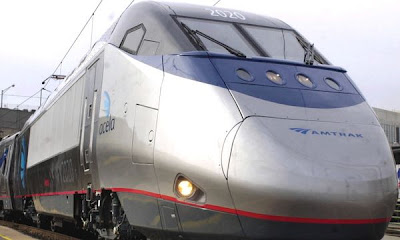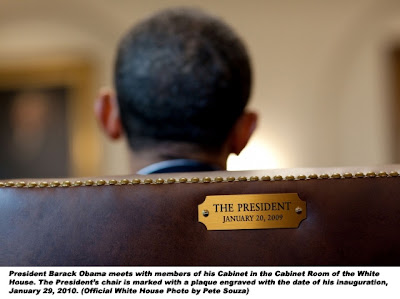The independent Recovery Accountability and Transparency Board just posted the latest round of reports from recipients of Recovery Act dollars on Recovery.gov. These reports provide an up-close snapshot of how a portion of Recovery Act spending was put to work creating jobs and driving economic growth last quarter. Thanks to these reports, you can see when certain projects started, where they’re taking place and how many people are being directly paid to work on them with Recovery Act dollars.
But when looking at these reports, it’s important to know what you are seeing – especially when it comes to the roughly 670,000 jobs recipients reported last quarter as part of this process.
Just 20 Percent of Spending
While there is already an unprecedented amount of public information available on Recovery.gov, Congress asked that for a portion of spending - specifically in areas like infrastructure projects and education spending – we go a layer deeper and collect these reports directly from recipients on how they are putting Recovery Act dollars to work. So while these new reports posted today offer an extraordinary level of detail, they only cover about 20 percent of Recovery Act spendingto-date. That means the job counts that come with the reports don’t include things like:
- jobs from Recovery Act tax relief, including significant business tax grants being used to fund clean energy manufacturing projects across the country
- jobs from Recovery Act aid like Pell Grantsand food assistance (some of the biggest and most direct job creators because the money is quickly put back into the economy)
- jobs from Recovery Act small business loans
Only Salaries Directly Paid with Recovery Dollars
Second, keep in mind that recipients are only required to report on the jobs where salaries are being directly paid using Recovery Act dollars – not the overall job impact of their project. So that means the job counts don’t include things like:
- jobs created further down the supply chain by a Recovery Act project. For example, new hires at a plant supplying asphalt for Recovery Act road projects or new hires at a wind blade manufacturing plant supplying a Recovery Act wind farm.
- jobs created at businesses benefiting from Recovery Act projects. For example, the fast food worker hired because of the growing lunch rush due to a Recovery Act project underway across the street.
Doesn’t Include Jobs from New Education Funding
Third, while it’s clear from these reports that the Recovery Act is still supporting hundreds of thousands of education jobs nationwide, it’s no longer the only initiative funding education jobs. This summer, as states continued to deal with ongoing budget shortfalls, the Administration worked with Congress to secure additional education funding through the Education Jobs Bill. States are just beginning to put those new funds to work as their Recovery Act education funding winds down and we expect to see a ramp-up in jobs reported as a result of the Bill in the months ahead – but the jobs created or saved from the Education Jobs Bill are not included in these reports.
Honest Efforts, But Not Perfect
And finally, keep in mind that these are no ordinary government-released reports. They come directly from the recipients of Recovery dollars themselves -- people like local government employees, community organization administrators and small business owners who don’t count jobs for a living. While these are honest efforts to be as accurate as possible, we know they’re not perfect. But they are an important part of our continued commitment to providing unprecedented accountability and transparency of the Recovery Act at work.
So with all of that said, just how many jobs is the Recovery Act responsible for? According to leading independent economists, when you account for the full job impact of the Recovery Act – including direct, indirect and induced jobs – and factor in every dollar of spending – including tax relief and aid to individuals, the Recovery Act is actually responsible for about 3 million jobs nationwide. (To see what that means for your state, check out page 49 of this report.)
We’re continuing to work every day to create even more jobs - but it’s clear from these new reports that Recovery Act investments are having a meaningful impact for families and communities across the country.





















